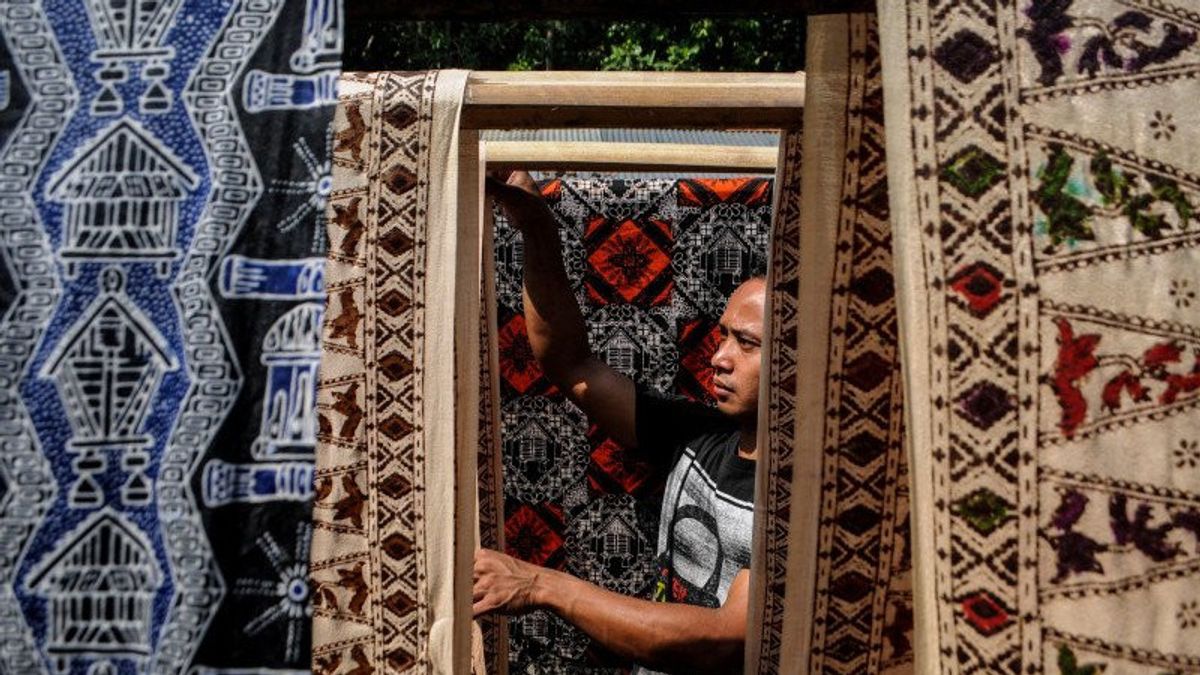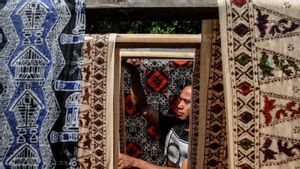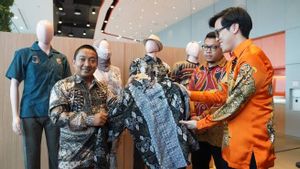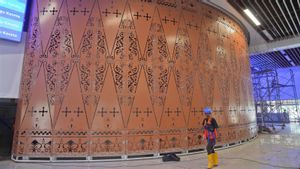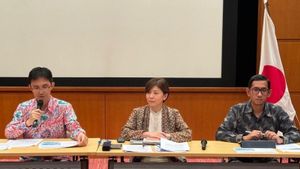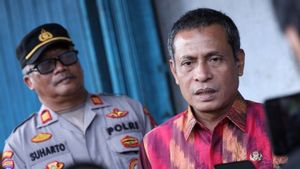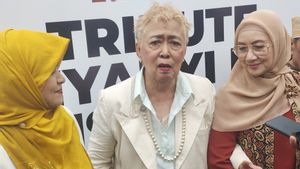The Directorate General of Small, Medium and Multifarious Industries (IKMA) of the Ministry of Industry is collaborating with the Directorate General of Intellectual Property and the Regional Industry Office to encourage groups of IKM players. This includes batik IKM to obtain the protection of Geographical Indications (IG) of their products.
The Director General of IKMA at the Ministry of Industry, Reni Yanita, explained that registration of IG certification for IKM products can provide many benefits, including protecting producers and consumers from product counterfeiting, increasing product bargaining positions in penetrating the new market, increasing added value of products from an area, and providing clear information to consumers about the quality and origin of the products purchased.
"In submitting the IG certificate, a number of main aspects are needed, namely having the characteristics or signs that provide a certain reputation, quality, and characteristics of the proposed product," said Reni in a written statement, quoted on Tuesday, August 8.
In addition, other supporting aspects are needed such as motivation and cooperation of IG community institutions, government and community support, as well as the availability of adequate systems for protection and supervision.
Reni said that currently there are four batik products that already have an IG certificate, including Batik Nitik Yogyakarta and Batik Tulis Complongan Indramayu facilitated by the Directorate General of IKMA, as well as Batik Besurek Bengkulu and Sarong Batik Pekalongan.
"Currently, Cirebon's Merahwit Batik is in the process of submitting a certificate of geographical indication," he said.
VOIR éGALEMENT:
The Ministry of Industry has facilitated the protection of geographical indications of several wastra and handicraft commodities, such as Bali Gringsing Weaving, Tanjung Isuy Jempang Doyo Tenun, Yogyakarta Batik Nitik, Complongan Indramayu Writing Batik, and Batu Giok Aceh.
According to Reni, many other batik products have uniqueness, such as Batik Gedog Tuban made of gedog weaving with cotton raw materials, as well as Batik Sogan Solo with uniqueness in brown colors derived from natural colorings of sogan tree wood.
"Of course, we are working with YBI and the Ministry of Law and Human Rights to continue to encourage local governments and groups or communities of batik craftsmen to identify and complete description documents, as well as other administrative requirements in the context of submitting batik Geographical Indication certificates in their regions," he said.
The English, Chinese, Japanese, Arabic, and French versions are automatically generated by the AI. So there may still be inaccuracies in translating, please always see Indonesian as our main language. (system supported by DigitalSiber.id)
